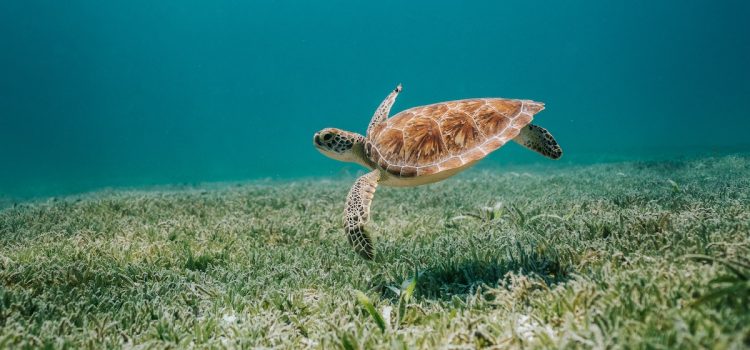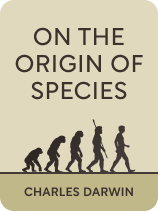

This article is an excerpt from the Shortform book guide to "On the Origin of Species" by Charles Darwin. Shortform has the world's best summaries and analyses of books you should be reading.
Like this article? Sign up for a free trial here.
Why do some creatures have fins and others don’t? Why might the members of some species eventually all be the same color?
In his classic work On the Origin of Species, Charles Darwin posits that species gradually develop through a natural process called evolution. He explains that evolutionary pressures shape adaptive traits through convergent evolution and divergent evolution.
Read more to learn how Darwin believes the process of evolution shapes the natural world.
Convergent Evolution and Divergent Evolution
Darwin explains what convergent evolution and divergent evolution are and how they differ from each other. He argues that evolution produces similar features in unrelated organisms—what biologists call convergent evolution. Features that are essential for survival or locomotion in a particular environment often take similar shapes. For example, fish, whales, and sea turtles all independently developed similar fin shapes for swimming because these are the most useful appendages for moving through water.
(Shortform note: Darwin asserts that convergent evolution often selects the optimal design for a given purpose. Therefore, convergent forms have important implications for biomimicry, a field of engineering that draws inspiration from nature. In particular, if natural selection repeatedly chooses one design for fins, this design can then be adapted for use in submarines or other aquatic vehicles.)
However, characteristics that aren’t constrained by the environment—like those shaped purely through mate selection—tend to vary. Biologists call this divergent evolution. For example, many species of fish select mates through complicated displays of color and movement. Darwin explains that these displays vary wildly because they’re not pressured into conformity through the same environmental constraints that produce similar fin shapes in aquatic animals.
(Shortform note: Studies have shown that mate selection by itself may have the power to isolate populations and create new species. Researchers have found, for example, that female strawberry poison frogs prefer to mate with males whose coloration matches that of the female’s mother. Since these frogs come in several colors, researchers believe that, in enough time, this preference could isolate breeding populations by color, leading to the emergence of separate species.)

———End of Preview———
Like what you just read? Read the rest of the world's best book summary and analysis of Charles Darwin's "On the Origin of Species" at Shortform.
Here's what you'll find in our full On the Origin of Species summary:
- Charles Darwin's theory of evolution that changed how we look at life on Earth
- The objections raised against Darwin's theory and Darwin's rebuttals
- Updates on Darwin's theories from contemporary biology






